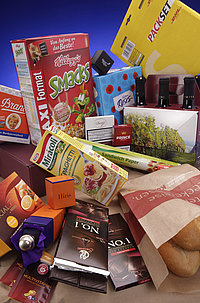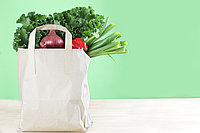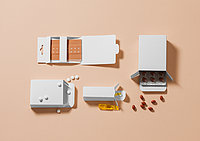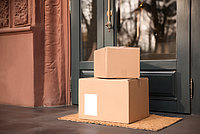



Paper and Packaging
Packagings are indispensable for the supply of mankind. Protecting valuable goods and foodstuffs, they serve as product or transport packages which help reduce shipping damage and thus the loss of resources. Today, for instance, we experience losses of 30 percent of total food production chiefly on account of inadequate protection of the products inside packages. Whatever articles are damaged in transit – they were produced for nothing, consuming water, energy, raw materials and labour in vain. In the majority of cases, the environmental benefit achieved by waste avoidance is 5 to 10 times higher than the environmental impact of the packagings concerned (Denkstatt). Besides, packagings perform additional functions: they provide consumers with important information about the package contents and – what is more - they even create purchase incentives. Since the functionality of packages is limited in time, they should provide maximum resource efficiency, should ideally be made from renewable raw materials and be recycled in an optimal way.
All these requirements are met by packages made from paper and board. With almost 50 percent, this segment represents the highest share of total packaging production in Germany. They are manufactured from the renewable raw material wood containing fibrous material that lends itself to multiple recycling. No other grade category of the paper industry records paper recovery rates as high as those of folding boxes, corrugated boxes or solid fiber board cartons. Wherever technologically possible, these packagings are primarily produced from waste paper. In Germany, corrugated board and solid fiber board consist of up to 100 percent waste paper whereas folding boxes reach an 86 percent paper-for-recycling utilization rate.
Used paper and board packagings constitute a valuable raw material for new paper production. If they are illegally disposed of in the countryside they will turn into compost comparatively soon in a natural environment; but their fibers are not reusable in this case. At any rate, paper and board never produce rot-proof plastic waste.
More information: